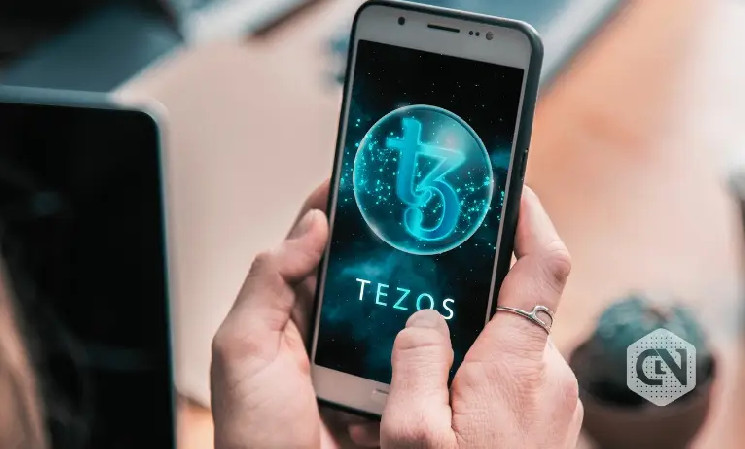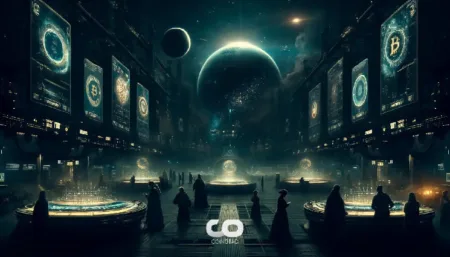Google Cloud has recently allowed the Tezos Foundation to create a safe, global mirror image of the original Tezos blockchain technology. The standard SDK tools of Google Cloud smoothly performed this strategic implementation across different continents, greatly enhancing the challenges of protecting the blockchain’s stability and security.
The Tezos Foundation was ready to deploy new archive nodes in new geographies shortly after leveraging Google Cloud infrastructure. They created these large nodes, each containing more than 1TB of data, in just two hours. Additionally, using the Cloud SDK command-line tools, they also implemented a snapshot service within three days.
This swift deployment process is important because the use of blockchain technology is rapidly growing in areas like finance, pharma, and tourism. As more industries adopt this technology, security and reliability are critical considerations.
Tezos is an open-source blockchain platform that self-amends, simplifying the work with smart contracts and enabling P2P secure transactions. This effort is truly unique in that it focuses on sustainability and has a unique governance model that puts ownership in the hands of ‘validators’ or ‘bakers.’ This special structure facilitates the democratic decision-making process within a network.
Some of the leading brands include Manchester United and McLaren, and some of them have already adopted Tezos in order to use it as a way to distribute digital collectibles to their customers, which also highlights the continuous expansion of different verticals of Tezos’ application.
The Tezos Foundation decided to increase the network’s security and data processing, and deployed archive nodes in the Google Cloud. These nodes keep a complete record of all previous blockchain transactions and states. Chris Pinnock, the Head of Information Technology at the Tezos Foundation, attributed this to Google Cloud’s effective deployment mechanisms for archive nodes worldwide. He also mentioned Filestore for dealing with big data and the rapid setup of monitoring tools like uptime checks, which are critical in checking a system’s functionality and security.
The global distribution of nodes is critical to disaster recovery and business continuity because it allows organizations to easily recover systems in case of a disaster. This guarantees the easy repair of a damaged node using data from other nodes in different geographical locations. Additionally, the Foundation values the ability to select data centers that have minimal impact on the natural environment.
As pioneers of innovation, the Tezos team is now actively developing Smart Rollups that will significantly enhance the speed of transactions. To improve blockchain efficiency, this technique involves managing the transaction in another branch before safely merging it to the blockchain. During a controlled test of the Tezos architecture, which was based on Google Compute Engine, the number of transactional operations reached one million per second, proving that the blockchain is capable of performing a large number of operations.
In the future, the Tezos ecosystem intends to integrate Etherlink, which will help the former work better with contracts based on Ether. This will increase the chances of attracting new users to the Tezos platform and achieving its adoption. Furthermore, there is ongoing development on Tezos 2.0, which will provide more enhancements to the system. Among these improvements is a Data Availability Layer that will improve speed and demonstrate the Tezos Foundation’s continued commitment to innovation and development.
As the Tezos network evolves and expands, the integration of Google Cloud solutions remains relevant. Pinnock maintains that Google Cloud has a robust strategy for Web3 developments and customized blockchain SaaS services. Adopting tools such as the Blockchain Node Engine could lessen complexity and enhance the decentralization of the Tezos community, making it an efficient stakeholder in building the future of blockchain.
Read the full article here









